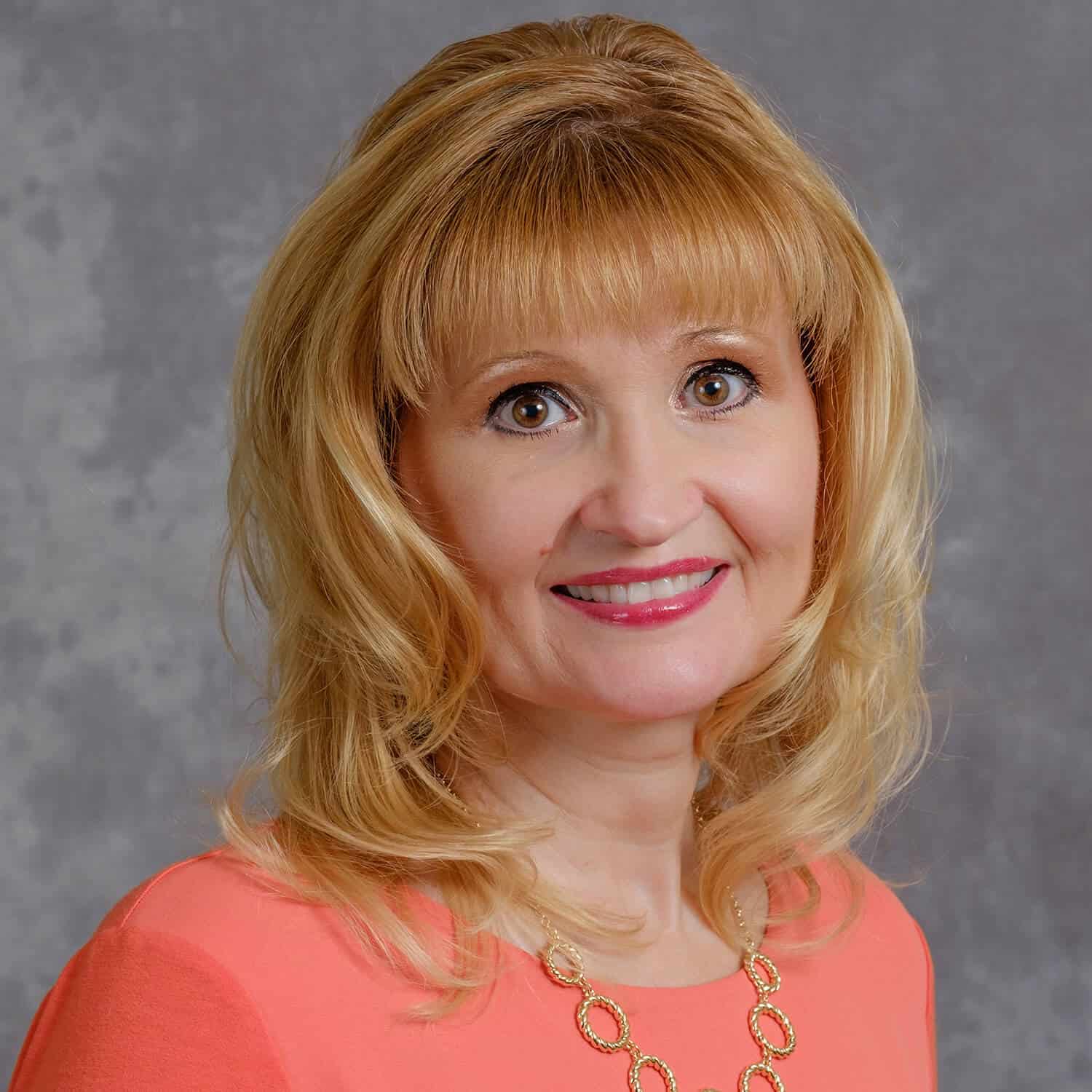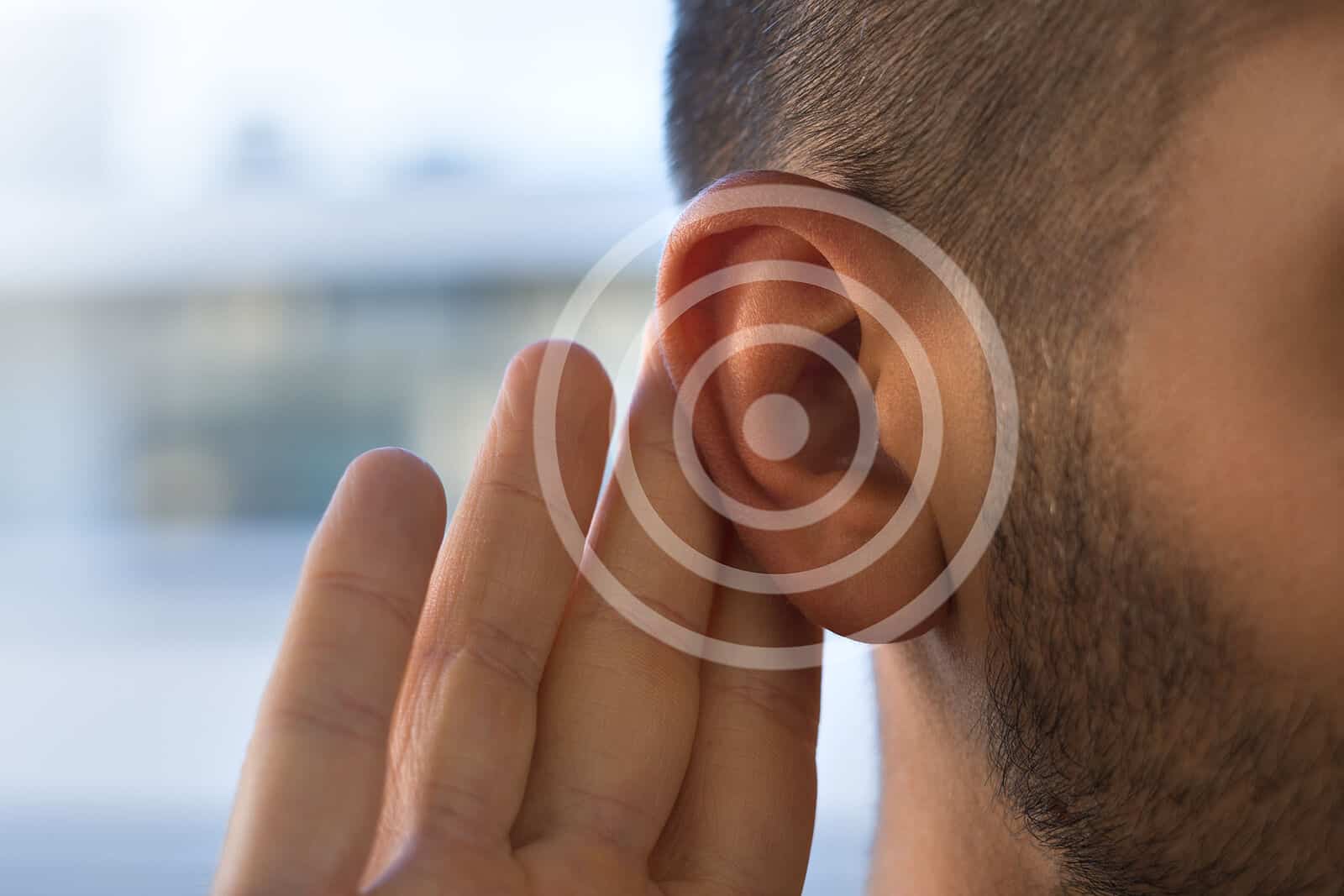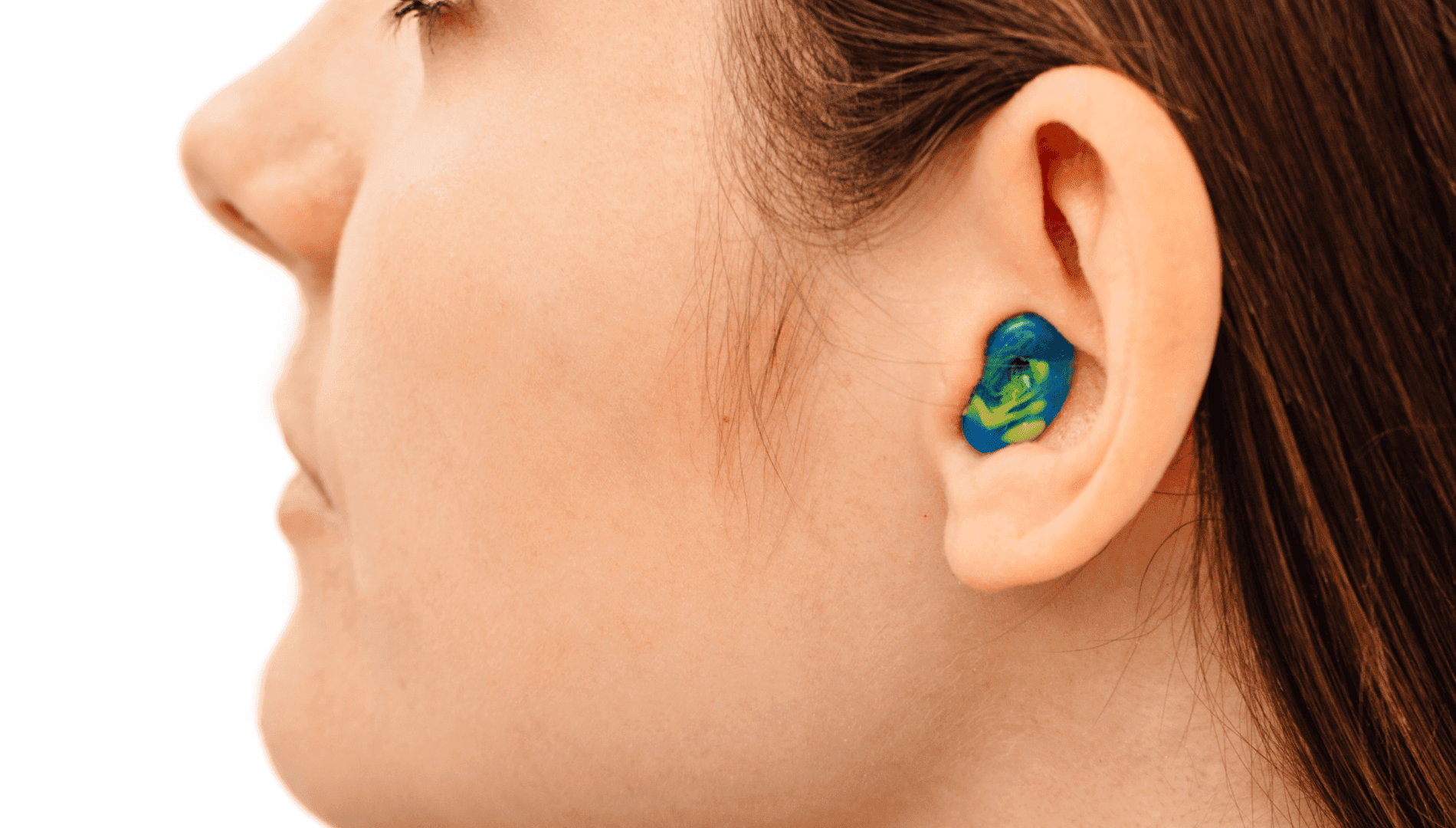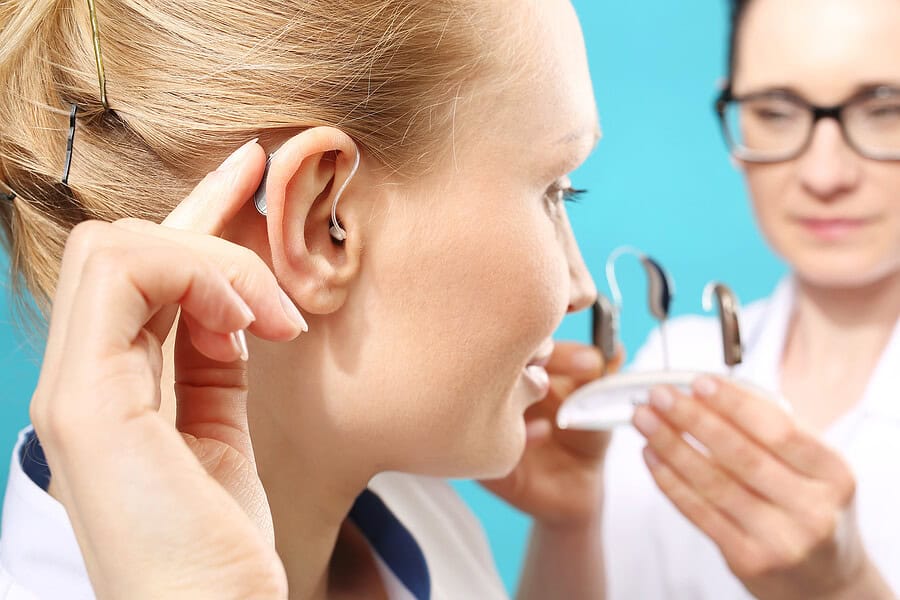
Bone Anchored Hearing Device (BAHA)
Bone anchored hearing devices work by bypassing the outer and middle ear and providing sound directly to the inner ear by bone conduction. Candidates for a bone anchored hearing device (BAHA) may have conductive hearing loss, mixed hearing loss or complete hearing loss in one ear. People who also have other medical conditions that might make wearing a traditional hearing aid impossible may also be a candidate for a bone anchored hearing device.
Our licensed audiologists and ENT physicians can determine whether a traditional hearing aid or a bone anchored hearing device is most appropriate for you.
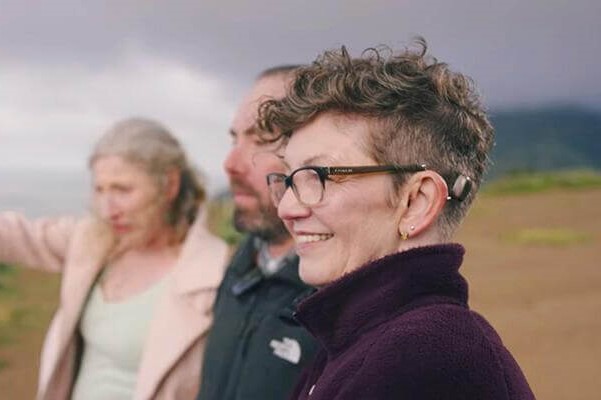
What to Expect:
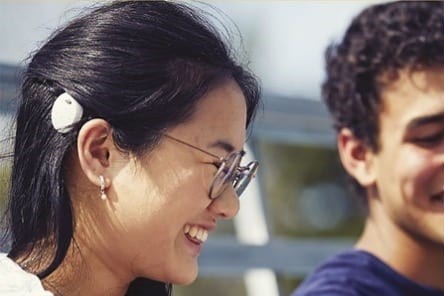
There are many advantages to BAHA:
- Direct bone conduction allows the recipient to hear sounds more clearly and naturally.
- Potential recipients can easily test the BAHA so that they can experience the benefits before they have surgery
- The BAHA is comfortable to wear; recipients say that they forget that they have it on.
- The BAHA is in use by thousands of individuals around the world. The outcomes are predictable and well documented
- The BAHA procedure is reversible and does not damage or harm residual hearing. Additionally, the Baha system does not preclude any benefits from future hearing technological advances because it doesn’t compromise middle or inner ear or compromise hearing nerve sensitivity.
- Many insurance companies pay for the surgical procedure and some pay for the processor.
- BAHA can be worn by patients of all ages who require this type of hearing solution.
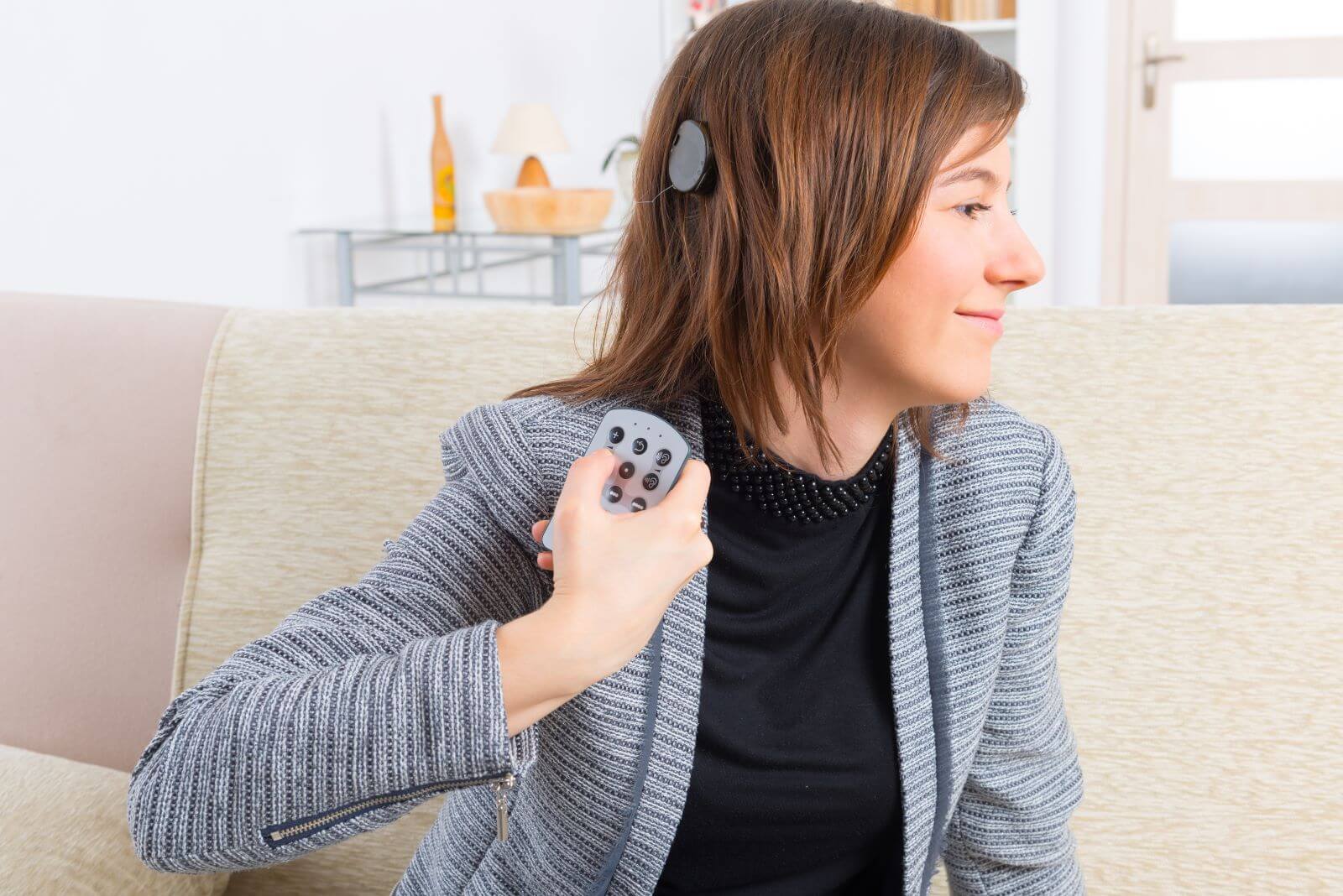
Cochlear Implants
A cochlear implant is an electronic medical device that replaces the function of the damaged inner ear. Unlike hearing aids, which make sounds louder, cochlear implants do the work of damaged parts of the inner ear (cochlea) to provide sound signals to the brain.
Cochlear implants systems consist of both internal and external components. The internal device is surgically implanted and requires an external sound processor to function. The sound processor can be worn at ear level and consists of a microphone, processor, and transmitting coil that connects with the internal device on the scalp behind the ear.
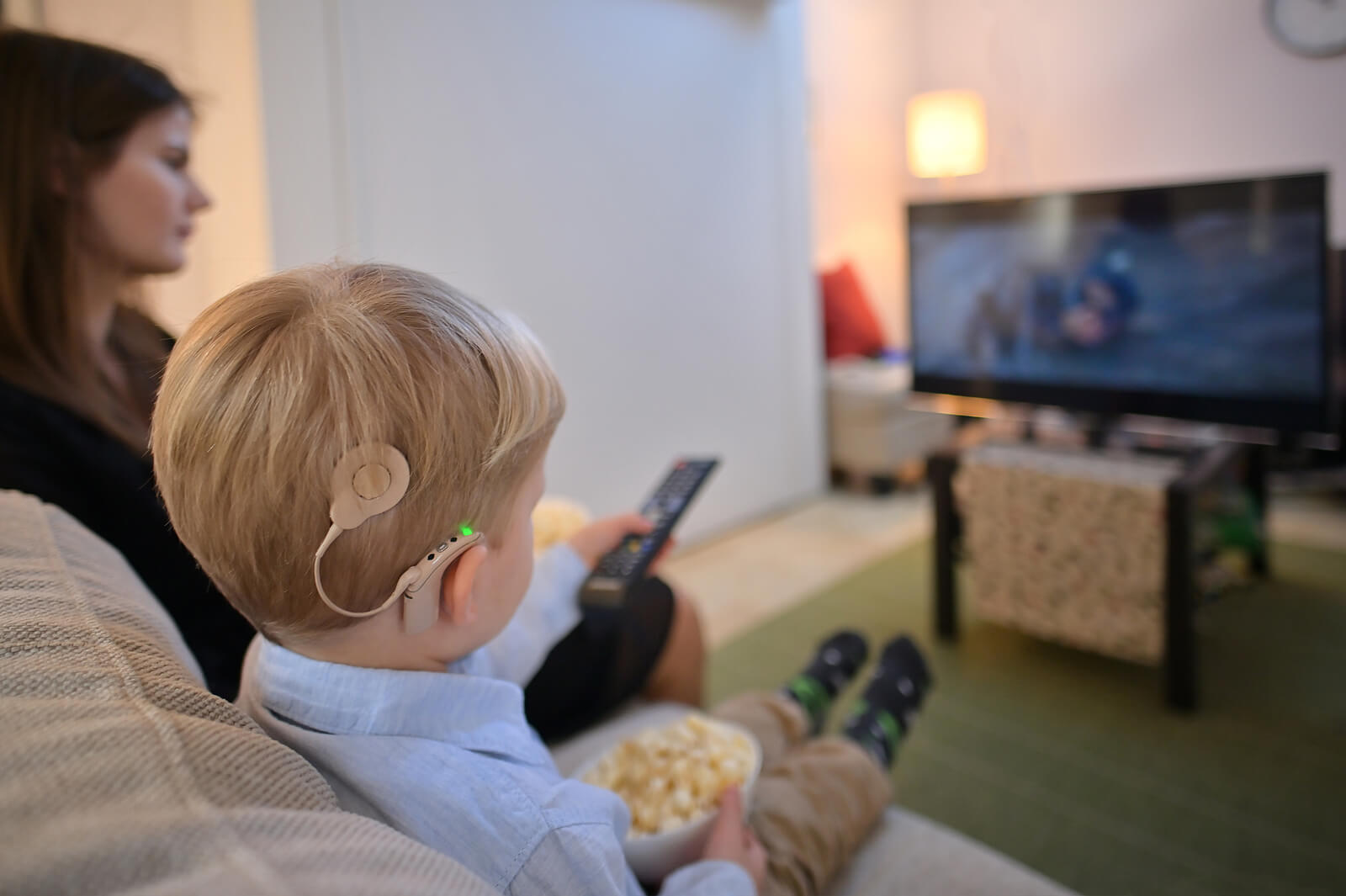
Cochlear implants can help people who:
- Have moderate to profound hearing loss in both ears
- Receive little or no benefit from appropriately fit hearing aids
Once candidacy is determined, the patient is scheduled for a medical consultation with our cochlear implant surgeon, Benjamin J. Copeland, M.D., Ph.D. Dr. Copeland may require additional diagnostic tests to determine the status of the inner ear.
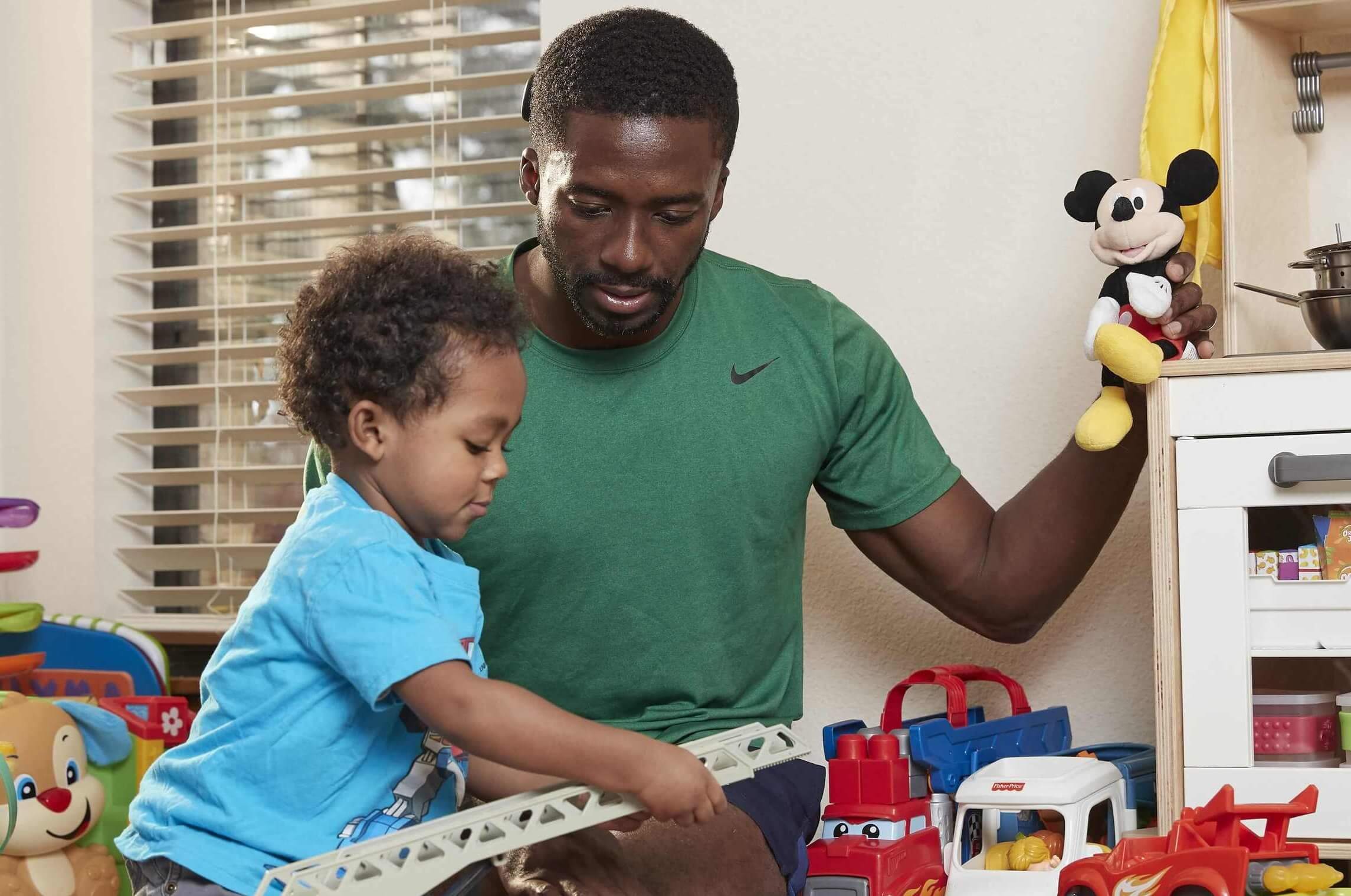
What to Expect:
Cochlear implant surgery is typically an outpatient procedure, performed under general anesthesia. It lasts approximately one hour. During the procedure, the surgeon exposes the mastoid bone behind the ear canal and drills a small channel to the inner ear. The electrodes are threaded into the inner ear and the receiver coil is placed in the bone behind the ear. The skin is closed over the receiver/stimulator. A pressure bandage is placed to reduce swelling around the incision.
After surgery, you’ll need to allow two to three weeks for healing. After everything is healed, “fitting” the external parts takes place. During the initial activation, the headpiece and microphone are placed over the implant. The speech processor is connected to the headpiece and the audiologist’s computer. The audiologist activates the electrodes individually and the cochlear implant user indicates when sound is detected and when it is comfortably loud. These measurements are used to program or “MAP” the speech processor for the implant recipient. Subsequent programming and evaluations are completed as recommended by the cochlear implant audiologist.
Have Questions?
Implantable device services are only available at our Carmel and Mooresville office locations. Please contact our cochlear implant audiologists for any cochlear implant related questions or to schedule an appointment.

Julie Bower, M.S., CCC-A
